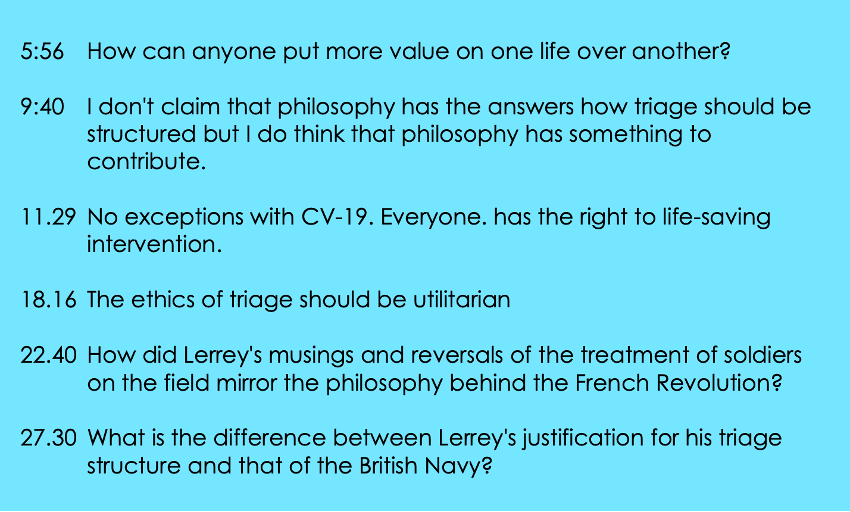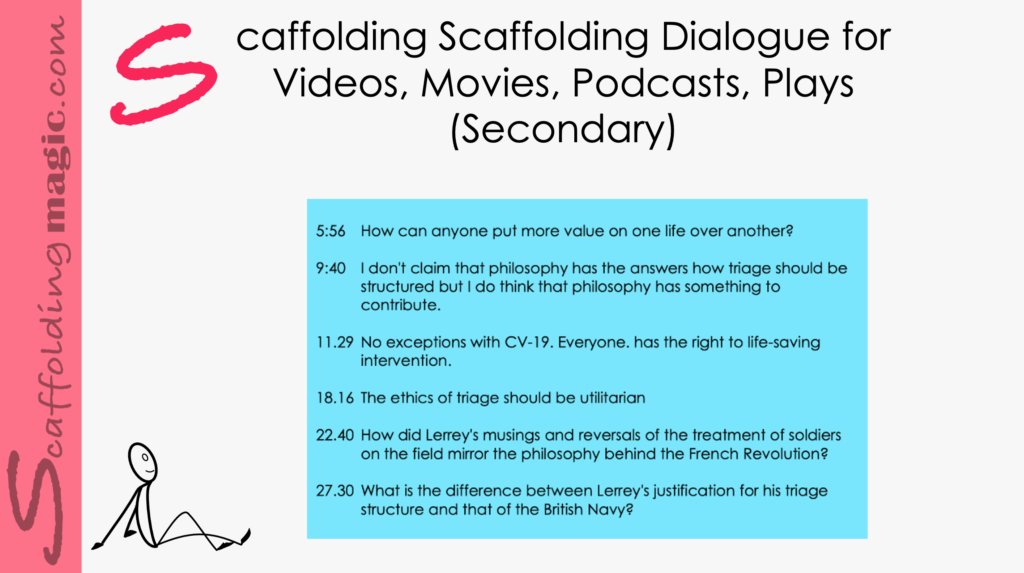You caught a beauty!!!
Download PDF of scaffold here.
theory behind scaffold…
There are almost as many definitions of what a scaffold is as there are scaffolding techniques. Jerome Bruner’s theory of scaffolding ……………………
For our ……………………………..Secondary students, supporting them in understanding more fully the videos, podcasts, movies they immerse themselves in daily. We’ll use the experts’ ……………………………
……………………………….. students are given an opportunity to reach new insights as a result of. a switch in perspective.
(In fact, the ability to switch perspective is essential to learning in every ………………………………………..
……………………………….we heal on a cellular level – both emotionally and physically.)
If you are working through Mini-Lessons……………………….
………………………………..read chunks of dialogue taken from various tracks and 1) speak the lines aloud, 2) make educated guesses as to the mechanics of the dialogue (who is speaking, who is the person speaking to, why, etc.), 3) predict what the historical context of the dialogue, and 4) verbally, and from their notes, groups join together and collectively negotiate meaning of the source and arrive at conclusions. After watching (reading, listening to) the source, students discuss the differences between the conclusions they came to and what they saw.
The example given below is from a podcast on triage – its history, the differences in how it is carried out in various parts of the world, the philosophy behind it, etc. You will see how you can easily adapt the scaffold for your own purposes.
step by step…

- Choose 5-10 chunks of dialogue from the source. Include time markers whenever possible. (For a literary source, include the page numbers.)
- Print out one set of dialogue and images for each……..
- They make predictions about the …………………………., including the following:
- who is speaking?
- why?
- what was ……..
- what is said after?
- what is the overriding t……………………………?
- how is the person feeling who is speaking?
- how are the people ……………………..?
- what is the ………………………………….?
- what is the overriding t………………………..s?
- what else may happen to bring the dialogue to a completion?
- Students watch, listen to or read the source material.
- As a class, groups share the similarities and differences between t………………………………..
- Changing Perspective: They choose one character, narrative point, setting, situation that they don’t agree with, ………………………………………………….
- Students share their …………………………………………….. form.
- In the Formative Evaluation/Reflection, include a question about how this last step – changing Perspective – ………………………………….. them on an emotional level.


Scaffoldingmagic.com is your entryway into DYNAMIC bilingual learning methodologies, such as Phenomenon-Based Learning, CLIL, EMI, and ESL. You’ll find ways to implement critical thinking tools (DOK) to promote higher level thinking, the growth mindset, instill an ethic of excellence, deep reflection on learning, and all through multi-cultural, interdisciplinary activities. We have the keys to turning competences into action and to creating collective efficacy in your school so you move ahead as a unified, enthusiastic team.



